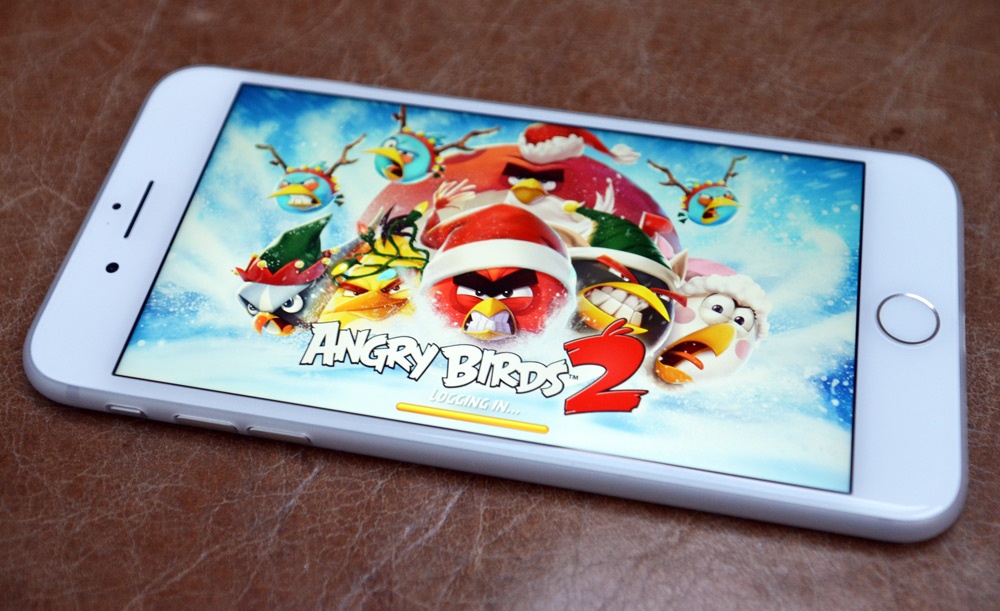How did Angry Birds reach one billion users within three years of its launch, and two billion users just 18 months later? And how is Rovio’s skill in creating free-to-play mobile games still driving the company’s success today?
Most answers to these questions have something in common: recognition for the sheer feeling of quality that the Angry Birds games exude in everything from their touch-responsiveness to their physics simulation and in-game economics. But this poses an additional question: how does Rovio achieve such quality?

